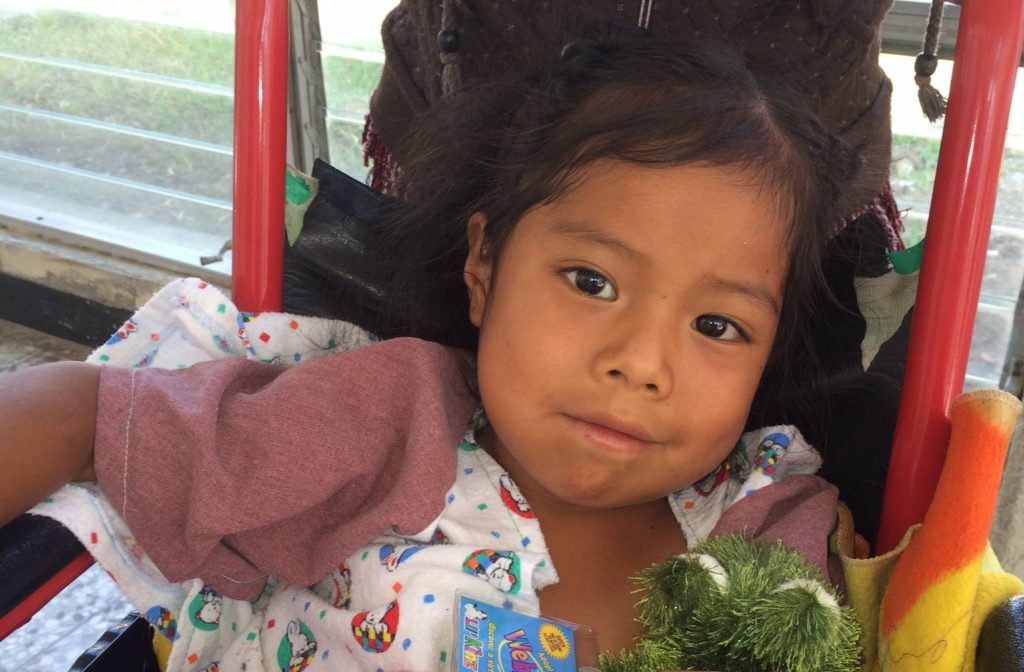Story by Volunteer Calista Nicholson May 2019
The doctors who lead Operation Rainbow medical missions not only transform the lives of the children and families they work with, but also provide valuable training to the doctors and nurses of the hospitals in the host countries. The Operation Rainbow medical teams volunteer their personal time and money to change the lives of hundreds of patients in the span of a typical seven-day Mission. One of the most important parts of the Mission is to spend time to teach the local doctors and nurses at the hospital they are visiting so that they can provide the best care for their patients in the future.
The experience of going on a medical mission as a volunteer and seeing the results is completely eye opening. In the United States, most people if they are injured can simply drive to a hospital and receive immediate treatment. That is not the case in the countries where Operation Rainbow provides their medical missions. Access to healthcare is a luxury and extremely limited. There are people coming from all over, lining the halls of the hospital in the hopes that their loved one can receive a life-changing surgery. Some have traveled days to get there, losing money from work and traveling expenses, and they carry their belongings and food in torn plastic bags.
 As a volunteer I got to play with and comfort a young girl who had received treatment from Operation Rainbow over the years who would not otherwise have had the ability to walk. She laughed as we bounced the ball back and forth, cried when she was scared for the surgery, but laughed when she woke up again and wiggled her toes that peeked out from the pink cast.
As a volunteer I got to play with and comfort a young girl who had received treatment from Operation Rainbow over the years who would not otherwise have had the ability to walk. She laughed as we bounced the ball back and forth, cried when she was scared for the surgery, but laughed when she woke up again and wiggled her toes that peeked out from the pink cast.
Donating to a mission allows an elderly woman suffering from back or joint pain to receive a consultation, injection, and physical therapy so that she can continue to play and care for her grandchildren without constant pain. It gives the chance for a young man involved in a horrible motorcycle accident to undergo a surgery performed by one of the top hand surgeon in the United States so that he can continue to work to provide a living for his family. A baby born with clubfoot can receive surgery and physical therapy in hopes that he will be able to walk to school on his own and play futbol in the field with his friends. These medical missions allow many to continue to work to feed their families, go to school, play sports, and to just do normal everyday activities most of us take for granted.
